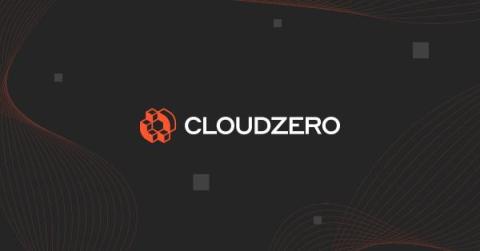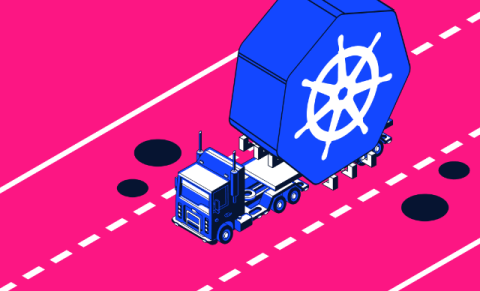15 Best FinOps Tools In 2024
In recent years, cloud financial management has evolved beyond what many cloud stakeholders anticipated. The overwhelm has led too many companies to struggle to accurately monitor, allocate, and optimize their cloud costs. This issue cost companies about 30% of their cloud budgets in 2022 alone, according to Gartner. With FinOps, you can prevent this bleeding without sacrificing innovation. Yet, taking a manual approach to FinOps can be inefficient and error-prone.










